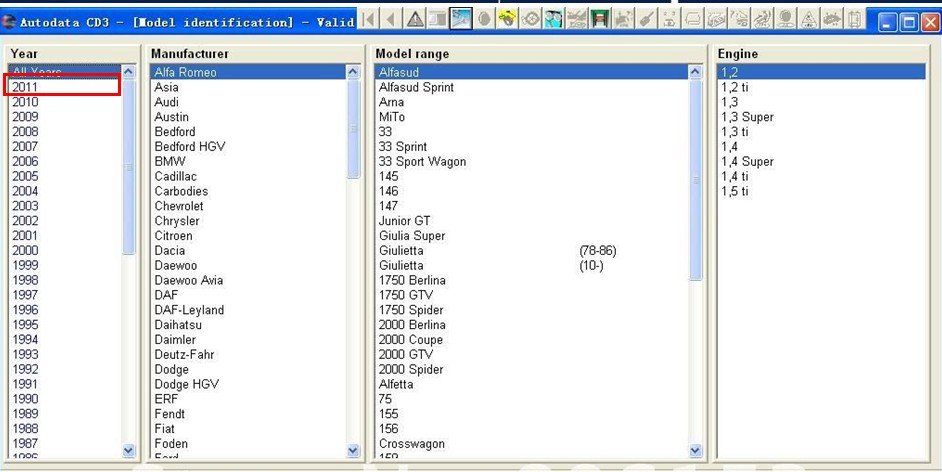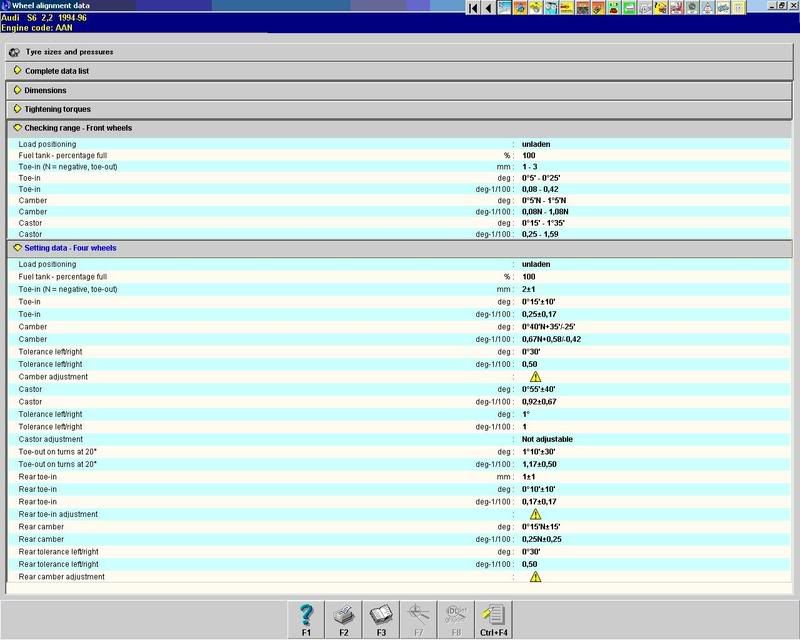So how do we bring all this together and ensure we a truly embedding the minimum core.
Gravells (http://www.anngravells.co.uk/minimumcore.html) :
All teachers should have a knowledge and understanding of literacy, language, numeracy and information and communication technology (ICT) skills. These are known as the minimum core and are integrated throughout the teaching qualifications.
A number of learners have been witness to inadequate or poorly defined delivery of key skills previous and what is now deemed as minimum core.
There is increasing demand from the government and the wider community and Job sector that these skills now form part of a basic standard.
This was also discussed in the article : Addressing literacy, language, numeracy and ICT needs in education and training: understanding and personal skills. A guide for initial teacher education programmes (2007 updated 2013).
We should as teachers/lecturers be promoting the use of these skills to aid both progression and a greater fundamental application of core skills across the learners programmed learning.
Showing learners that the fundamentals can be attached and used to greater purpose than previously understood can allow learners to become more engaged and less demotivated by the normally dry poorly directed learning possibly previously witnessed.
Managing the expectation of learners and the aspirations of the learner using minimum core can be a rewarding and self esteem building exercise. Attached relevance to a minimum core such as researching, and the application of literacy to enable a better understanding of the material being read and then reflecting on what you have learnt provides a learner an application route and measure their own progression as part of the writing itself.
Using a visual representation for a maths problem with a Spreadsheet can aid visual learners to understand a mathematical concept, while using ICT to deliver a result and understand clearly.
These are also transferable and should be signposted for learner to use effectively across their learning.
Approaching and embedding minimum core can aid the initial assessment of learning difficulties so we can proactively manage and put strategies in place, before the learner becomes overwhelmed by anxiety.
Maslow (1943) clearly states that satisfying the needs of learners is key to going from esteem to self-actualization.
We should be looking to improve the learners ability to form new and self developed learning & knowledge, Constructivism (Vygotsky, Piaget, Dewey, Vico, Rorty, Bruner) assumes that all knowledge is constructed from the learner’s previous knowledge, and we should pursue minimum core delivery that enables this cross learning and manipulation of learning previously in new areas.
I use a variety of Teaching resources that have a defined minimum core content. these are used at various stages of my practice to support learning ans subsequent understanding. Using assessment methods that informally assess minimum core allow me to improve embedding and relevance along with differentiation for me learners.
Using IT and Computing Sector terminology and references aids minimum core uptake and provides relevance of a real world application. Using a variety of technologies can also aid in the learners progressing learner numeracy and literacy without realizing (Stealth Learning they are doing a numerical computation or a literacy based assignment, for instance delivering a presentation using ICT.
Within my Computing curriculum I am blessed by the fact that ICT and Numeracy and Literacy are a given set of skills that should be pursued and enhanced, as it is a direct pre-requisite for the sector.
Providing transferable minimum core skills and usage of these skills in itself embeds the minimum core, into each ares of learning as they is a requirement to use other unit delivered content an understanding in new and innovative ways, which i hope you can appreciate from my other 3 post on the subject of ICT Numeracy and literacy.
Referances
http://www.learning-theories.com/maslows-hierarchy-of-needs.html
http://repository.excellencegateway.org.uk/fedora/objects/import-pdf:94/datastreams/PDF/content
http://www.anngravells.co.uk/minimumcore.html
Gravells (http://www.anngravells.co.uk/minimumcore.html) :
All teachers should have a knowledge and understanding of literacy, language, numeracy and information and communication technology (ICT) skills. These are known as the minimum core and are integrated throughout the teaching qualifications.
A number of learners have been witness to inadequate or poorly defined delivery of key skills previous and what is now deemed as minimum core.
There is increasing demand from the government and the wider community and Job sector that these skills now form part of a basic standard.
This was also discussed in the article : Addressing literacy, language, numeracy and ICT needs in education and training: understanding and personal skills. A guide for initial teacher education programmes (2007 updated 2013).
We should as teachers/lecturers be promoting the use of these skills to aid both progression and a greater fundamental application of core skills across the learners programmed learning.
Showing learners that the fundamentals can be attached and used to greater purpose than previously understood can allow learners to become more engaged and less demotivated by the normally dry poorly directed learning possibly previously witnessed.
Managing the expectation of learners and the aspirations of the learner using minimum core can be a rewarding and self esteem building exercise. Attached relevance to a minimum core such as researching, and the application of literacy to enable a better understanding of the material being read and then reflecting on what you have learnt provides a learner an application route and measure their own progression as part of the writing itself.
Using a visual representation for a maths problem with a Spreadsheet can aid visual learners to understand a mathematical concept, while using ICT to deliver a result and understand clearly.
These are also transferable and should be signposted for learner to use effectively across their learning.
Approaching and embedding minimum core can aid the initial assessment of learning difficulties so we can proactively manage and put strategies in place, before the learner becomes overwhelmed by anxiety.
Maslow (1943) clearly states that satisfying the needs of learners is key to going from esteem to self-actualization.
We should be looking to improve the learners ability to form new and self developed learning & knowledge, Constructivism (Vygotsky, Piaget, Dewey, Vico, Rorty, Bruner) assumes that all knowledge is constructed from the learner’s previous knowledge, and we should pursue minimum core delivery that enables this cross learning and manipulation of learning previously in new areas.
I use a variety of Teaching resources that have a defined minimum core content. these are used at various stages of my practice to support learning ans subsequent understanding. Using assessment methods that informally assess minimum core allow me to improve embedding and relevance along with differentiation for me learners.
Using IT and Computing Sector terminology and references aids minimum core uptake and provides relevance of a real world application. Using a variety of technologies can also aid in the learners progressing learner numeracy and literacy without realizing (Stealth Learning they are doing a numerical computation or a literacy based assignment, for instance delivering a presentation using ICT.
Within my Computing curriculum I am blessed by the fact that ICT and Numeracy and Literacy are a given set of skills that should be pursued and enhanced, as it is a direct pre-requisite for the sector.
Providing transferable minimum core skills and usage of these skills in itself embeds the minimum core, into each ares of learning as they is a requirement to use other unit delivered content an understanding in new and innovative ways, which i hope you can appreciate from my other 3 post on the subject of ICT Numeracy and literacy.
Referances
http://www.learning-theories.com/maslows-hierarchy-of-needs.html
http://repository.excellencegateway.org.uk/fedora/objects/import-pdf:94/datastreams/PDF/content
http://www.anngravells.co.uk/minimumcore.html















